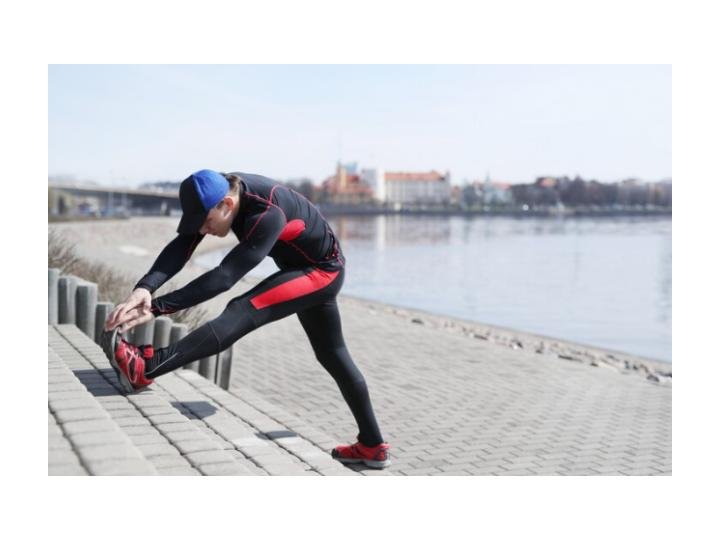Top 10 Tips for a Speedy Exercise Recovery

Engaging in regular exercise is pivotal for your well-being. However, the process doesn’t conclude after your workout. Adequate recovery is equally vital to allow your body to heal, grow, and adapt effectively. In this article, we’ll explore the top 10 expert-backed tips to facilitate a swift exercise recovery, empowering you to make the most of your workouts while minimizing the likelihood of injuries.
1. Prioritize Hydration
Hydration is the cornerstone of efficient recovery. After exertion, it’s essential to rehydrate to help your body repair muscles and prevent cramps. Aim for a minimum of eight glasses of water daily, and consider integrating electrolyte-rich fluids to expedite rehydration and maintain electrolyte balance, which can be particularly beneficial after intense workouts. Staying hydrated ensures that your body’s recovery processes are functioning optimally.
2. Get Enough Rest
Sleep is the ultimate recovery tool. Strive for 7-9 hours of uninterrupted sleep each night. During sleep, your body releases growth hormone, which is vital for tissue repair and muscle growth. Establishing a consistent sleep schedule and creating a calming pre-sleep routine can significantly contribute to meeting this goal. Sleep is not only essential for physical recovery but also for mental clarity and focus.
3. Nutrient-Rich Diet
Your diet plays a pivotal role in the recovery process. Focus on consuming a diverse range of nutrient-rich foods to supply your body with the essential building blocks it needs for recovery. Prioritize lean proteins, whole grains, healthy fats, and a variety of fruits and vegetables to provide vitamins, minerals, and antioxidants that combat inflammation and aid in healing. Adding a recovery supplement to your diet can also facilitate a faster recovery.
4. Stretch and Foam Roll
Incorporate dynamic stretching and foam rolling into your routine to enhance flexibility and stimulate blood circulation. These practices alleviate muscle tension, minimize soreness, and bolster your range of motion, all of which facilitate recovery. By incorporating these techniques, you’re not only aiding your muscles but also supporting joint health and overall mobility. Your body’s ability to move freely and without discomfort is key to efficient recovery.
5. Active Recovery
Engaging in light, low-impact activities during rest days promotes blood flow without subjecting your muscles to excessive strain. Gentle yoga, leisurely walks, or relaxed swimming are excellent options that promote a swifter recovery period. Active recovery not only helps your muscles recover but also keeps your cardiovascular system engaged without overtaxing it. This consistent movement aids in preventing stiffness and promoting efficient circulation.
6. Listen to Your Body
Tune in to your body’s signals. If you’re grappling with persistent pain or extreme fatigue, be prepared to adjust your workout intensity or take an extra day off. This proactive approach prevents potential injuries and supports a more effective recovery. Understanding and respecting your body’s limits is key to long-term progress and overall well-being. By doing so, you prioritize your health and give your body the time it needs to heal and recharge.
7. Use Ice and Heat
Integrate ice to quell inflammation in sore muscles, and alternate with heat to relax tense areas. This dynamic duo can significantly alleviate discomfort and expedite the recovery process. Ice helps reduce immediate inflammation, while heat can relax muscles and improve circulation, combining to create an optimal environment for healing. By leveraging these natural remedies, you’re actively aiding your body’s recovery mechanisms.
8. Incorporate Active Cooling Down
After your workout, perform a brief cooldown routine that includes light cardio and static stretches. This helps gradually lower your heart rate and prevent blood pooling, reducing the risk of dizziness. Cooling down actively aids in transitioning your body from high-intensity exercise to a state of rest, promoting smoother recovery. Additionally, it helps signal to your body that the intense exertion phase is over, minimizing the potential for abrupt changes in blood pressure.
9. Opt for Sports Massage
A sports massage from a trained therapist can aid in muscle recovery by promoting blood circulation, reducing muscle tension, and helping to break down scar tissue. The skilled hands of a massage therapist can identify and target areas that need attention, enhancing your body’s ability to heal and rejuvenate. Through skilled manipulation, a massage therapist can help release knots and tension that might be impeding your recovery progress.
10. Stay Consistent
Consistency is the foundation of an effective recovery strategy. Stick to a well-structured exercise plan, adhere to a balanced diet, and apply these recovery tips consistently. Over time, these habits will become second nature, allowing you to maintain a high level of performance and a speedy recovery after each workout. The cumulative effects of your consistent efforts contribute to long-term fitness gains and overall wellness.
Conclusion
Remember, exercise recovery is not a passive process. By following these top 10 tips, you can actively contribute to your body’s healing and growth after each workout. Whether you’re a seasoned athlete or just starting on your fitness journey, a speedy recovery ensures that you’ll be back in action stronger and more energized than ever before. Embrace these practices, and witness the remarkable difference they make in your overall well-being.
